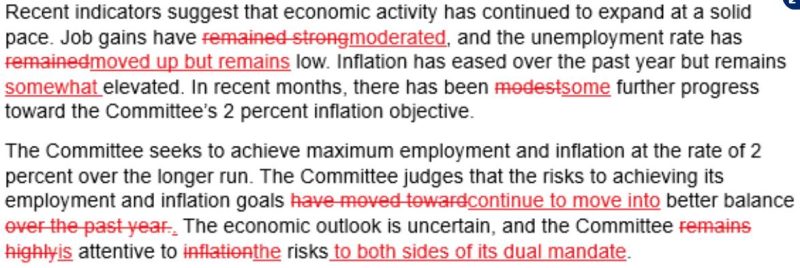The Federal Reserve system in the United States is a complex and powerful entity that plays a crucial role in shaping the country’s economy. However, recent actions taken by the Fed have raised concerns about the potential negative impact they may have on the economy and society as a whole.
One of the primary functions of the Federal Reserve is to regulate the money supply and interest rates in order to promote stable economic growth. In pursuit of this goal, the Fed has engaged in a series of quantitative easing programs in which it purchases large quantities of government securities and other assets in order to inject liquidity into the financial system.
While quantitative easing can help stimulate economic activity by lowering borrowing costs and encouraging investment, it can also have unintended consequences. Critics of the Fed’s actions argue that these programs artificially inflate asset prices, creating bubbles in financial markets that are vulnerable to sudden and severe corrections.
Moreover, the influx of liquidity created by quantitative easing programs can lead to inflation, eroding the purchasing power of consumers and eroding the value of savings. This can have a particularly detrimental impact on low-income individuals who are already struggling to make ends meet.
In addition to concerns about inflation and asset bubbles, the Fed’s actions also raise questions about the long-term sustainability of its policies. By keeping interest rates at historically low levels for an extended period of time, the Fed risks distorting market signals and encouraging excessive risk-taking by investors and financial institutions.
Furthermore, the increasing reliance on quantitative easing as a tool for stimulating economic growth may limit the Fed’s ability to respond to future economic downturns. With interest rates already near zero and the Fed’s balance sheet swollen with assets, policymakers may find themselves with few options to combat a recession or financial crisis.
In conclusion, while the Federal Reserve’s actions are well-intentioned and aimed at promoting economic stability, they also carry significant risks and unintended consequences. As the Fed continues to navigate the challenges of a rapidly changing economic landscape, policymakers must carefully consider the potential long-term implications of their decisions in order to avoid creating a nightmare scenario for the economy and society as a whole.

